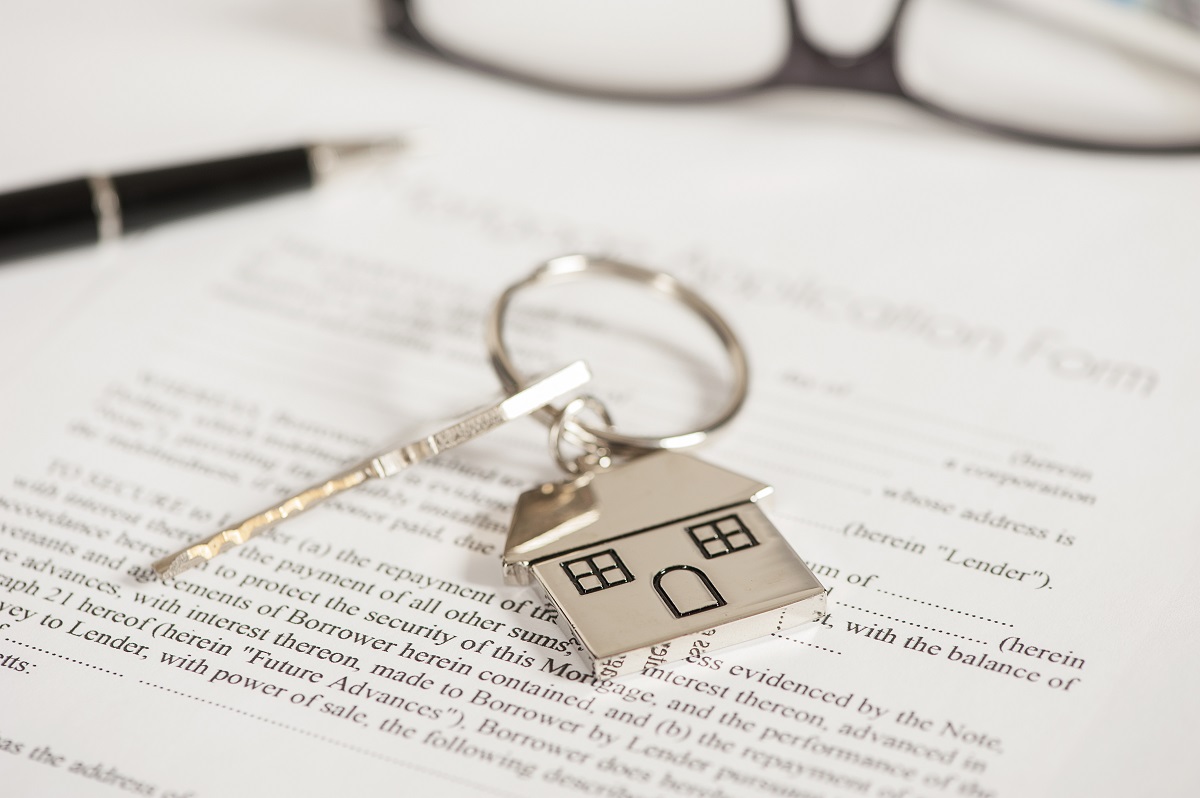Unless you’ve managed to save up a substantial amount, buying your first home would require a home loan or a mortgage. Applying for one can be a very complicated process, requiring multiple documents as well as meeting with the representative of whichever financial institution you’re dealing with.
This application process is crucial in securing the resources you’ll need to buy your dream property, and unfortunately, approximately 12 percent of all mortgage applications are denied. This means that one out of every eight applicants walks out of a bank empty-handed.
Aside from boosting your credit scores, how else can you impress the representative of mortgage companies enough that they’ll be confident in granting your application? Why, by dressing the right way and by preparing the correct documents.
Getting Dressed for the Part
Treat a loan application like a job application. Although the numbers in the documents you bring are essential in convincing a bank in approving, dressing the right way for the meeting is also vital. Remember that they’re looking for responsible, professional people and you need to look the part when you enter their offices. Showing them that you take the meeting seriously by dressing the right way can impress them.
Avoid all casual wear because you need to look your best. Put on your formal clothes when going to your application. Appropriate clothing includes the following options:
- Button-up shirts
- Blouses
- Three-piece suits
- Slacks
- Dresses
- Closed shoes

Bringing the Right Documents
The next most important thing is to have all the vital documents the financial institution will need to assess your loan application. Not bringing all essential files and paperwork makes you look sloppy and irresponsible, which isn’t the impression you want to make. It will also delay the process as you reschedule your appointment.
Aside from the mortgage application form itself, the other documents fall into three categories: credit records, income verification, as well as files on your assets and debts.
Credit verification boils down to your credit check documents. These files will contain your credit score, and your bank will use this to determine if you meet their minimum credit score requirements.
Income verification documents prove to them that you have a way to get money and that this income flow will be enough to not only cover your expenses but also pay for the mortgage. Documents of this nature include your W-2s from all employers past and present, tax returns forms for your income, and paper or electronic pay stubs. If you rely on alimony or child support for your income, they will want to see those files as well.
Finally, assets and debts are needed so that lenders can calculate how much of your income goes to paying for your debts. This number will tell them if you can afford to pay them back as well as everyone else you owe money to. They’ll need your bank statements over two to three months, any investment accounts you’ve set aside, and records for all existing debts, such as car loans or student loans.
When applying for a mortgage or a home loan, being prepared should be your priority. And preparedness doesn’t just stop after your application; it should carry over afterward to ensure you can pay your mortgage promptly.
